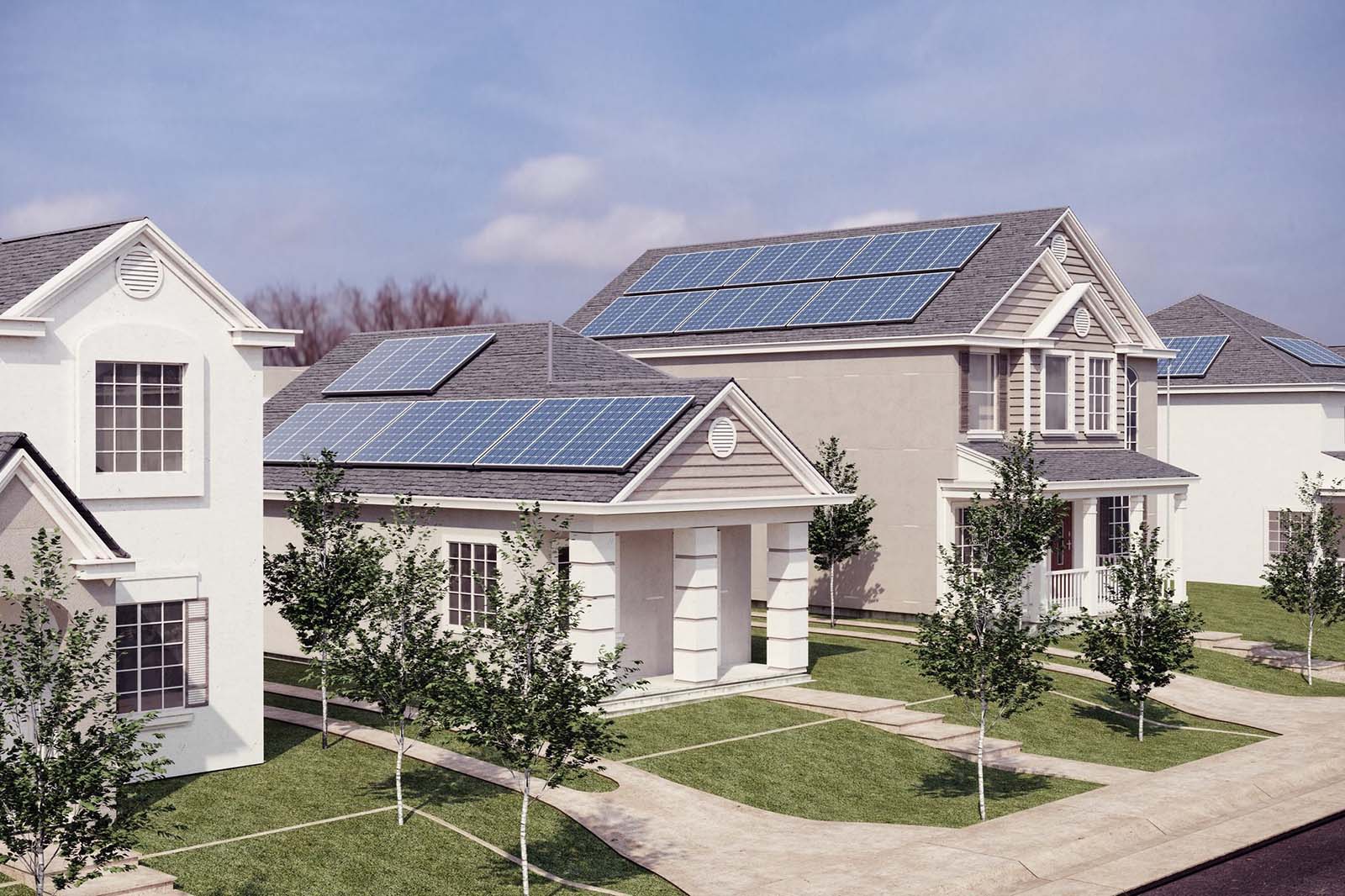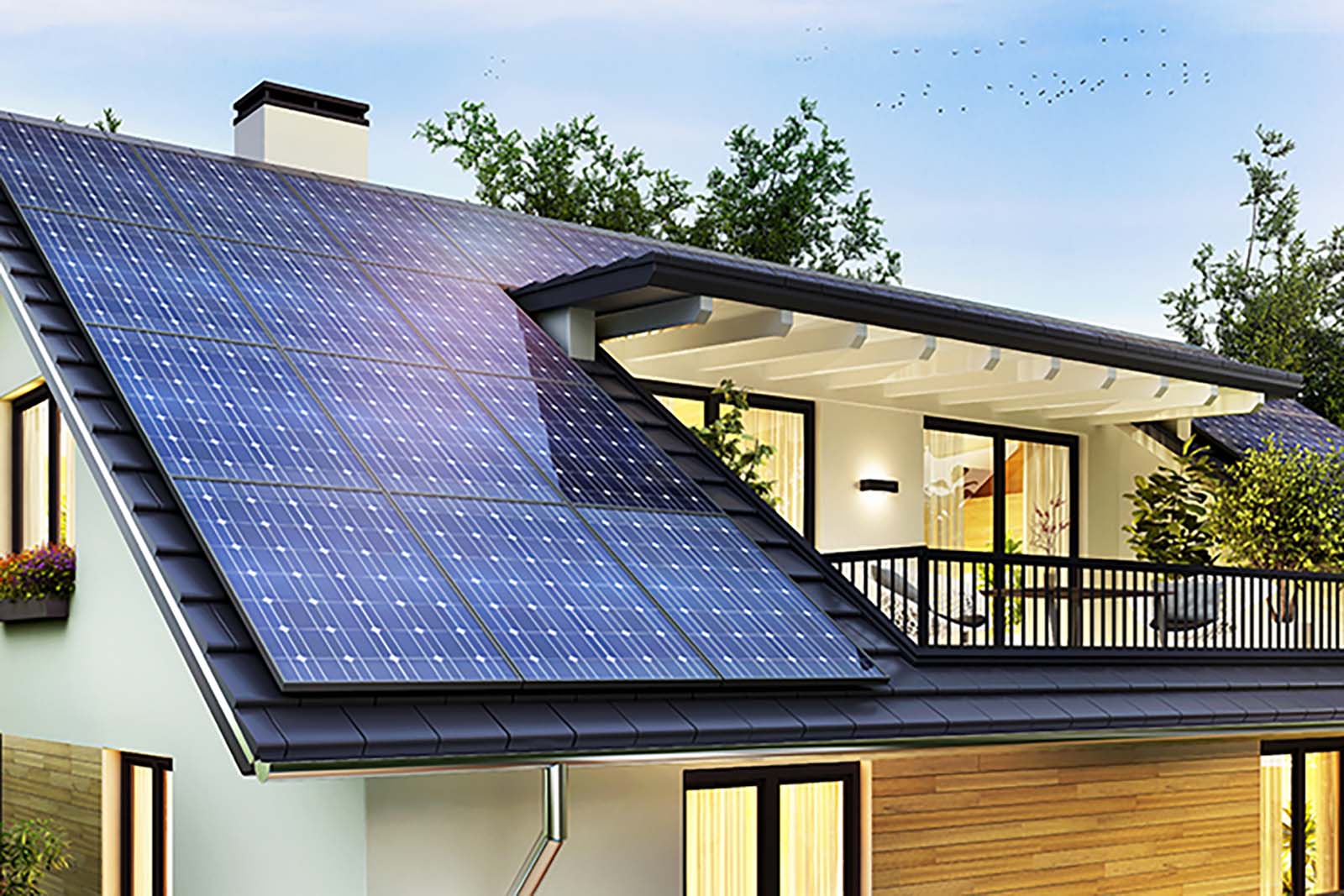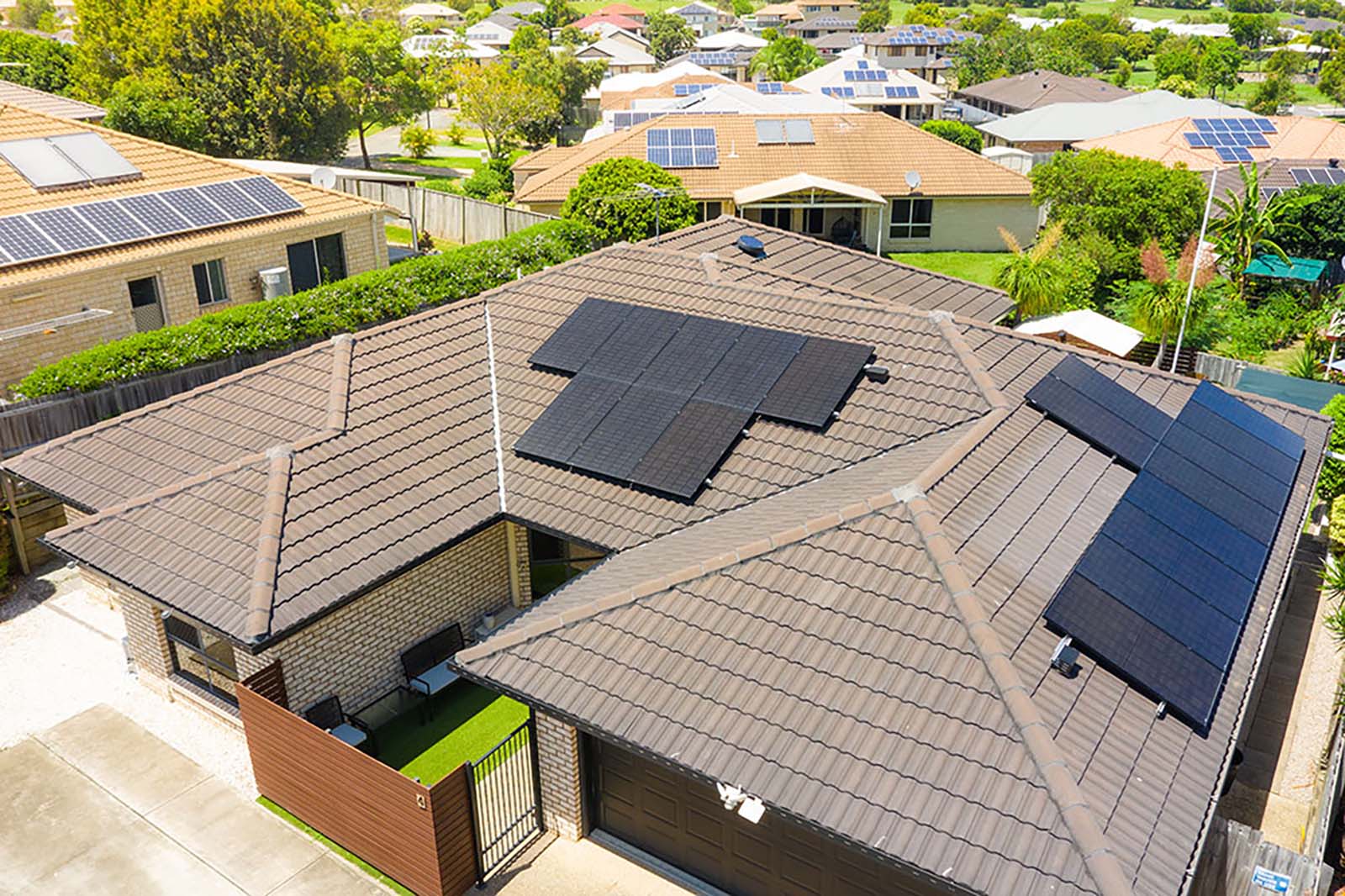How Many Amps Does a 10kW Heat Strip Pull?

Understanding the Power and Efficiency of a Heat Strip
What is a Heat Strip?
A heat strip, also known as an electric heat strip or an electric heating element, is a component commonly found in heating systems. It is responsible for converting electrical energy into heat, which is then distributed throughout the system to warm the surrounding air or water.Power Consumption of a Heat Strip
To determine the power consumption of a heat strip, we need to know its wattage. The wattage rating of a heat strip signifies the amount of power it can consume or produce. In this case, we are considering a 10kW (kilowatt) heat strip.
Calculating Amps for a 10kW Heat Strip
To calculate the amps drawn by a 10kW heat strip, we need to use Ohm’s Law. Ohm’s Law states that Amps = Watts/Volts. In this case, the heat strip operates on typical household voltages, which are usually 120 or 240 volts.1. For a 120V heat strip: Amps = 10,000W / 120V Amps ≈ 83.33A
2. For a 240V heat strip: Amps = 10,000W / 240V Amps ≈ 41.67A

Therefore, a 10kW heat strip would pull approximately 83.33 amps when operating at 120 volts and approximately 41.67 amps when operating at 240 volts.
Efficiency Considerations
Heat Strip Efficiency
While it is essential to understand the power consumption of a heat strip, it is also crucial to consider its efficiency. The efficiency of a heat strip is determined by the amount of heat it generates for a given amount of energy consumed. Heat strips can have different efficiencies based on their design, materials used, and operating conditions.Factors Affecting Heat Strip Efficiency
Several factors can impact the efficiency of a heat strip:1. Insulation: Proper insulation in the surrounding area can prevent heat loss, allowing the heat strip to operate more efficiently.
2. Temperature Control: Using a thermostat or a controller to regulate the temperature can help optimize the heat strip’s efficiency by ensuring it operates only when necessary.
3. Maintenance: Regular maintenance, including cleaning and inspection, can help maintain the heat strip’s efficiency by preventing issues like dust accumulation or component degradation.
4. System Sizing: Ensuring that the heat strip is appropriately sized for the heating system’s requirements can prevent over or underutilization, leading to improved efficiency.

